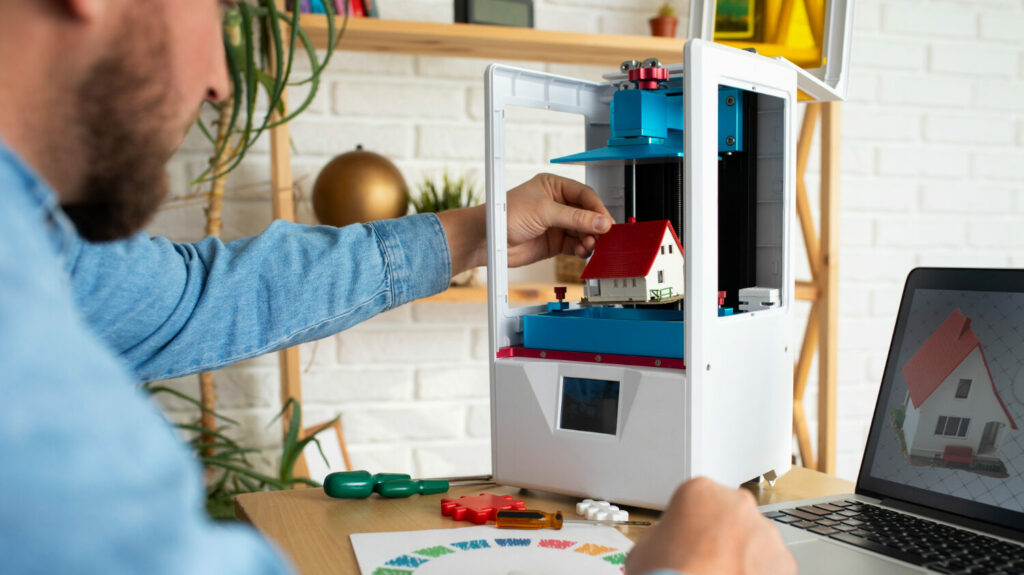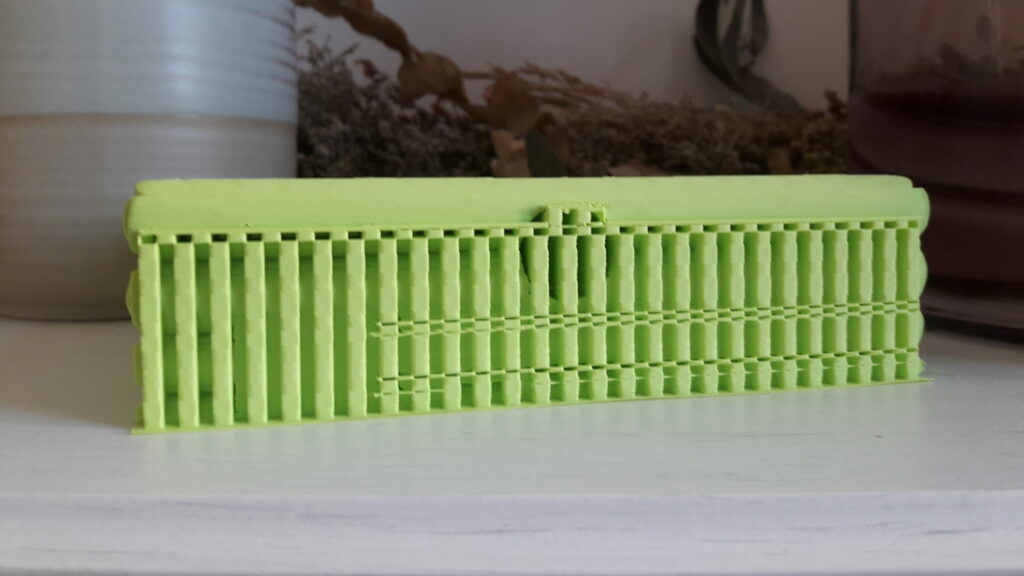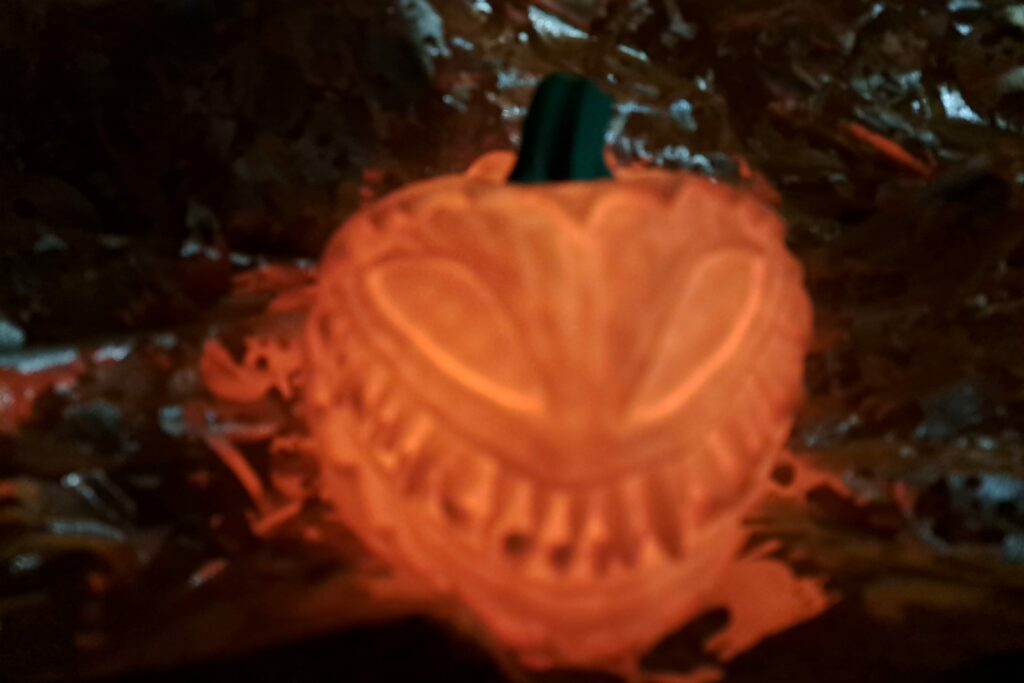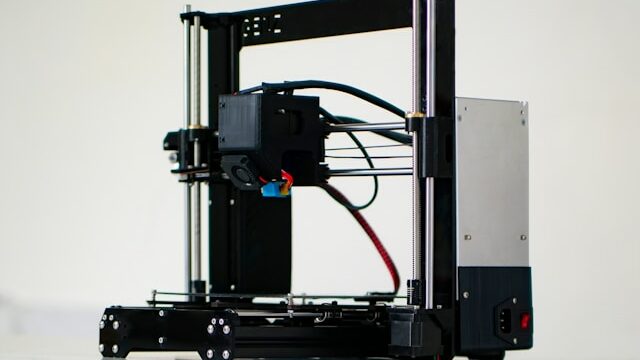Do you want to start painting your 3D prints? At Imprimy.com, we explain how to do it and which details you need to pay special attention to.
Paint your 3D print allows you to add a personal touch, improve the finish, and enhance your creations thanks to varied techniques and careful preparation.
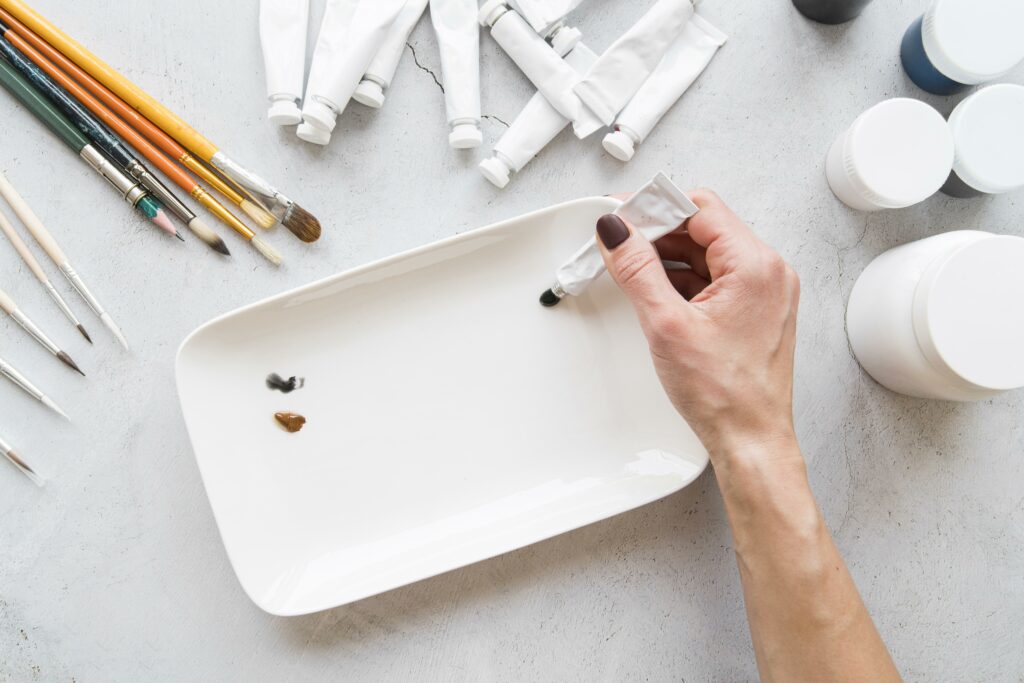
Why Paint Your 3D Print?
Painting a 3D print adds a personalized touch to your creations, allowing you to give them a more refined aesthetic while also enabling experimentation.
- Why Paint Your 3D Print?
- What Materials Are Needed to Paint Your 3D Print?
- What Are the Preparatory Steps Before Painting Your 3D Print?
- What Techniques to Use for Effectively Painting Your 3D Print?
- What are the common mistakes when painting 3D prints and how to avoid them?
- Conclusion: Painting your 3D prints
- Check our other contents about 3D prints finishing :
Add a Personal Touch to Your 3D Print
Adding a personal touch to your 3D print makes it unique and tailored to your style. By using acrylic paints, you can play with colors and texture effects to enhance your creations.
Also remember to prepare the surface with a primer for better adhesion and a more professional finish. This turns a simple print into a true piece of personalized art.
Give a Professional Finish to Your 3D Print
To achieve a professional finish on your 3D print, start with careful sanding to smooth the surface and remove imperfections. Then apply a primer to create an even base before painting.
Finish with a matte or glossy varnish to protect and enhance the colors, giving your print a clean and durable appearance.
Experiment with a More Creative Approach to 3D Printing
Experimenting with a creative approach to 3D printing encourages you to explore techniques like color blending, dry brushing, or adding hand-painted details. You can also incorporate different materials or play with light effects for a more original result.
This artistic freedom allows you to turn each piece into a truly unique and expressive project.
What Materials Are Needed to Paint Your 3D Print?
To paint a 3D print, you’ll need to gather tools, primers, paints, and specific equipment that will help you apply the paint properly to your object.
The Tools You Need to Prepare Properly
To properly prepare for painting your 3D print, gather essential tools like sandpaper in various grits for smoothing, a primer to prep the surface, and high-quality brushes suited for fine details.
Be sure to use acrylic paints and a protective varnish for a long-lasting finish. These tools ensure precision work and a clean result.
Primers to Prepare Your 3D Print
Primers are essential to ensure proper paint adhesion on your 3D print. They help even out the surface, filling in small imperfections and improving color durability.
Choose a spray primer for quick, even application—perfect for complex shapes. This step makes achieving a smooth, professional finish much easier.
The Paints to Apply to Your 3D Prints
Acrylic paints are the most recommended for your 3D prints due to their quick drying and wide range of colors. They provide good adhesion and are easy to use, even for beginners.
For special effects, you can also use metallic or fluorescent paints. Always choose a paint that is compatible with your print material for the best results.
Brushes and Tools for Painting Your 3D Print
To paint your 3D print, use fine detail brushes for precision and flat brushes for larger areas. Tools like sponges, airbrushes, or cotton swabs can help with texture effects and touch-ups.
Having a palette to mix colors is also very useful for creating custom shades.
Products to Apply for the Finishing Touch
For the finishing touch, apply a matte, satin, or glossy varnish depending on the desired effect. This protects the paint from wear, scratches, and moisture, while enhancing the colors.
Use a spray varnish for even coverage, applying several thin layers with proper drying time in between. This ensures your 3D print maintains a durable and vibrant finish.
What Are the Preparatory Steps Before Painting Your 3D Print?
To paint your 3D print, start by cleaning your object, then apply a layer of primer. Only after these steps should you begin painting your 3D print.
Cleaning Your 3D Print
Cleaning your 3D print is crucial before painting to remove dust, grease, and residues. Use warm soapy water or isopropyl alcohol for effective cleaning without damaging the surface.
Make sure the piece is completely dry before moving on. Thorough cleaning ensures better paint adhesion and a flawless final result.
Applying a Primer Coat to Your 3D Print
Applying a layer of primer effectively prepares your 3D print surface for painting. Spray the primer from about 20 cm away in thin, even coats to avoid drips.
Allow each coat to fully dry for a uniform finish and better adhesion. This step ensures a smooth and professional result.
What Techniques to Use for Effectively Painting Your 3D Print?
You can paint your 3D prints by hand, using an airbrush, or even apply advanced techniques, before finishing with a varnish once the painting is complete.
Paint your 3D print by hand
Painting your 3D print by hand allows precise control over details using fine brushes and careful application. Work in light layers to avoid drips and let each layer dry thoroughly.
This method is perfect for adding personalized details and unique artistic effects.
Paint your 3D print with an airbrush
Painting your 3D print with an airbrush provides a smooth and professional finish thanks to fine, even spraying. This technique allows you to apply uniform layers quickly, ideal for large surfaces and gradients.
Though it requires some practice, it delivers a precise and aesthetic result with subtle color transitions.
Use advanced techniques to paint your 3D print
For spectacular results, use advanced techniques like dry brushing to highlight textures, or washing to add depth and shadows. Partial wetting also creates subtle gradients and texture effects.
These methods enhance your 3D print by adding realism and character to your creations.
Secure and protect the paint you applied to your 3D print
To secure and protect the paint on your 3D print, apply a suitable protective varnish, such as matte, satin, or glossy. This coating creates a barrier against scratches, moisture, and UV rays, extending the lifespan of your colors.
Be sure to apply multiple thin layers and respect drying times for a durable and resistant finish.
What are the common mistakes when painting 3D prints and how to avoid them?
Making mistakes like not using the right primer, applying the wrong paints, or ignoring usage instructions can harm the quality of your 3D prints.
Not using a primer
Not using a primer can compromise the paint adhesion on your 3D print, leading to an uneven finish or premature peeling. Without primer, hiding imperfections and smoothing the surface becomes more difficult.
For a durable and aesthetic result, applying primer is highly recommended, especially on materials like PLA or ABS.
Using the wrong paints on your 3D prints
Using inappropriate paints can cause poor results, weak adhesion, or even damage your 3D print. For example, some oil-based or solvent paints may dissolve or deform the plastic.
It’s crucial to choose compatible paints like acrylics to ensure a durable and aesthetic finish.
Applying too many coats of paint on your 3D prints
Applying too many layers of paint can cause drips, a pasty texture, and loss of fine details on your 3D print. It may also lead to cracks or premature peeling of the paint.
It’s better to apply multiple thin layers, allowing proper drying time between each, for a smooth and durable finish.
Ignoring drying times
Ignoring drying times between paint layers can cause bubbles, drips, and an uneven finish on your 3D print. It also compromises the paint’s durability, increasing the risk of chipping.
Respecting these times is essential for a clean, strong, and professional result.
Conclusion: Painting your 3D prints
Painting your 3D prints transforms a simple creation into a unique and personalized work of art. By following key steps like cleaning, applying primer, careful painting, and final protection, you ensure an aesthetic and durable result.
Experiment with different techniques to unlock the full artistic potential of your printed pieces. Painting brings your prints to life and makes them truly unique.
Picture by Freepik.
The articles published on Imprimy.com are for informational purposes only. They are intended to provide general advice and information related to 3D printing. Imprimy.com cannot be held responsible for the results obtained or the consequences arising from the application of the shared information. We recommend always checking the specific instructions for your hardware and materials before use.
Check our other contents about 3D prints finishing :
Color 3D printing
Would you like to learn more about color 3D printing and its various applications? At…
Large-format 3D printing
Are you wondering about large-format 3D printing and the possibilities it can offer? At Imprimy,…
Remove the supports from a 3D print
To learn more about 3D printing supports and how to remove them properly, Imprimy.com is…

